Scouting Knot Guidance
Scouting knots build essential outdoor skills while teaching patience, dexterity, and practical problem-solving. These knots serve critical functions in pioneering projects, camping, and emergency situations, with applications that extend far beyond scouting activities.
1. Essential Scout Knots
These are the foundation knots that every scout should master. They form the basis of the knot-tying requirements for various scouting ranks and are used in countless outdoor activities.
Recommended Knots
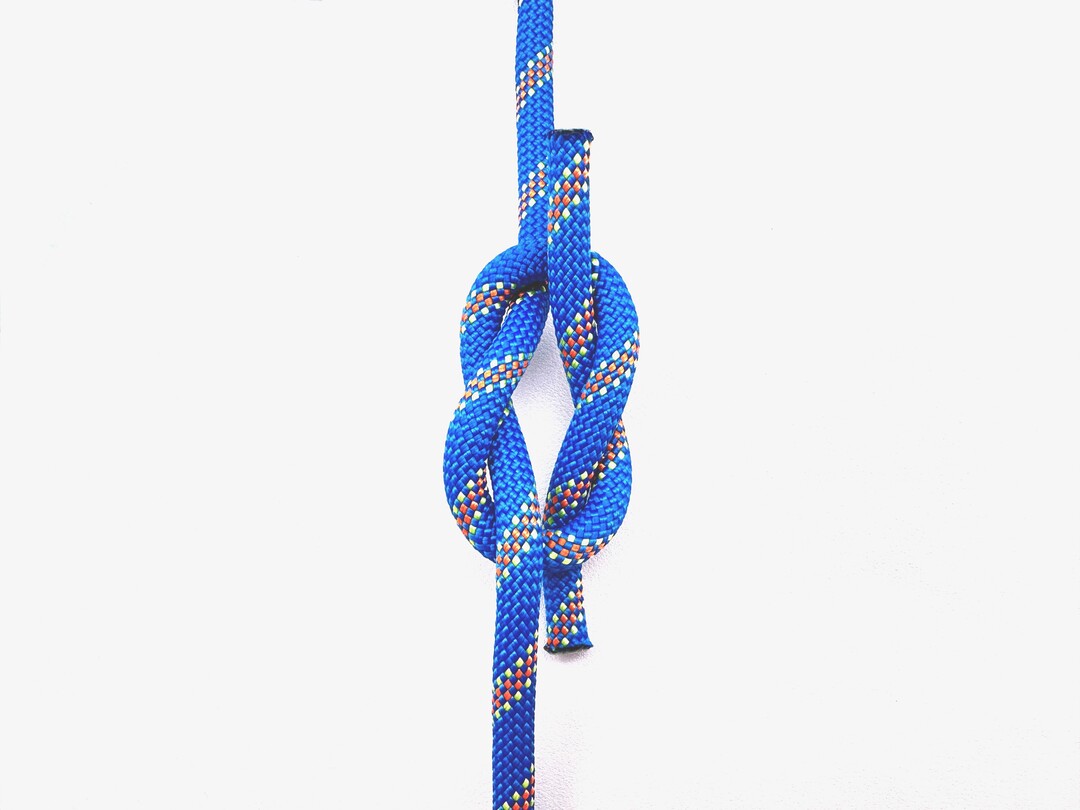
Square Knot
Binds ropes around objects or bundles.
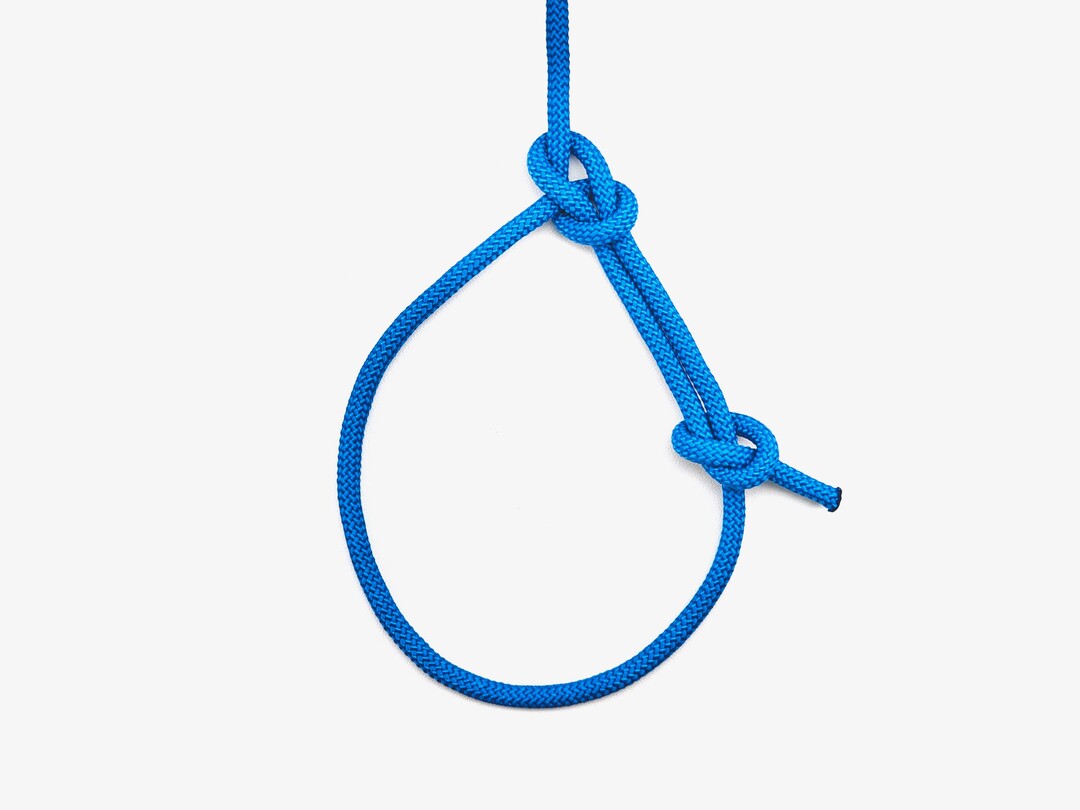
Bowline with Stopper
Secure loop knot with an overhand stopper.

Clove Hitch (Rope End)
Secures ropes to posts or spars in outdoor activities.
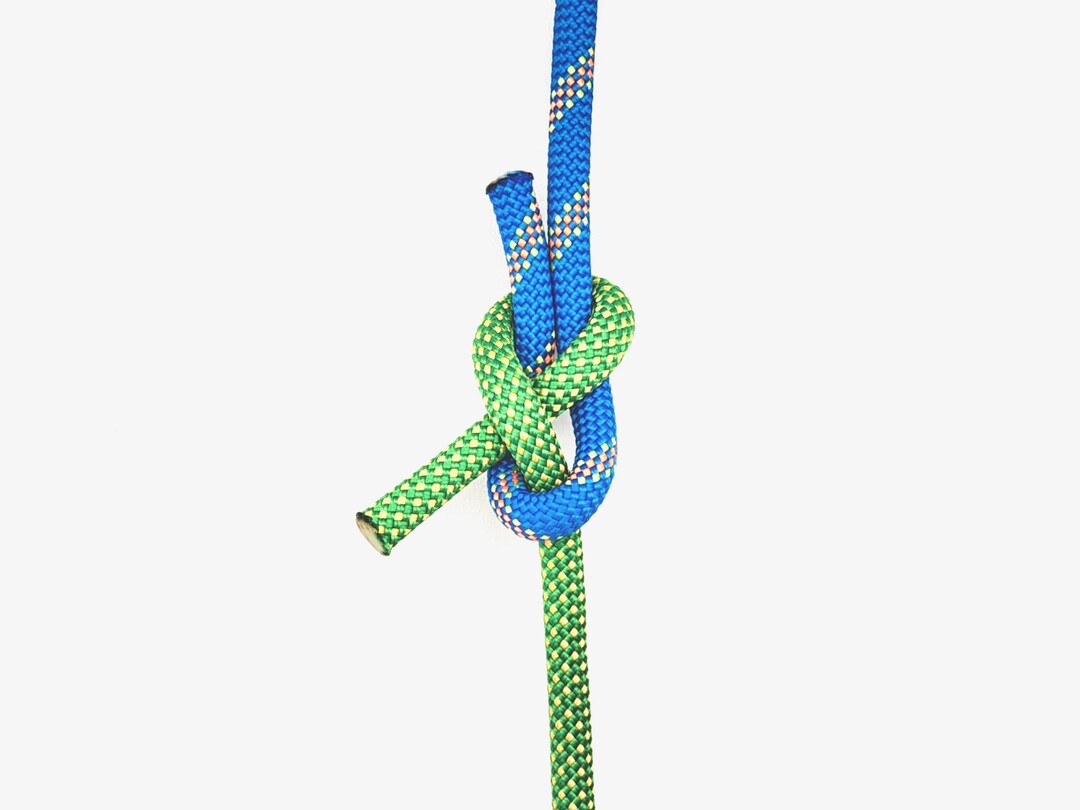
Sheet Bend
Joins two ropes of different or similar sizes
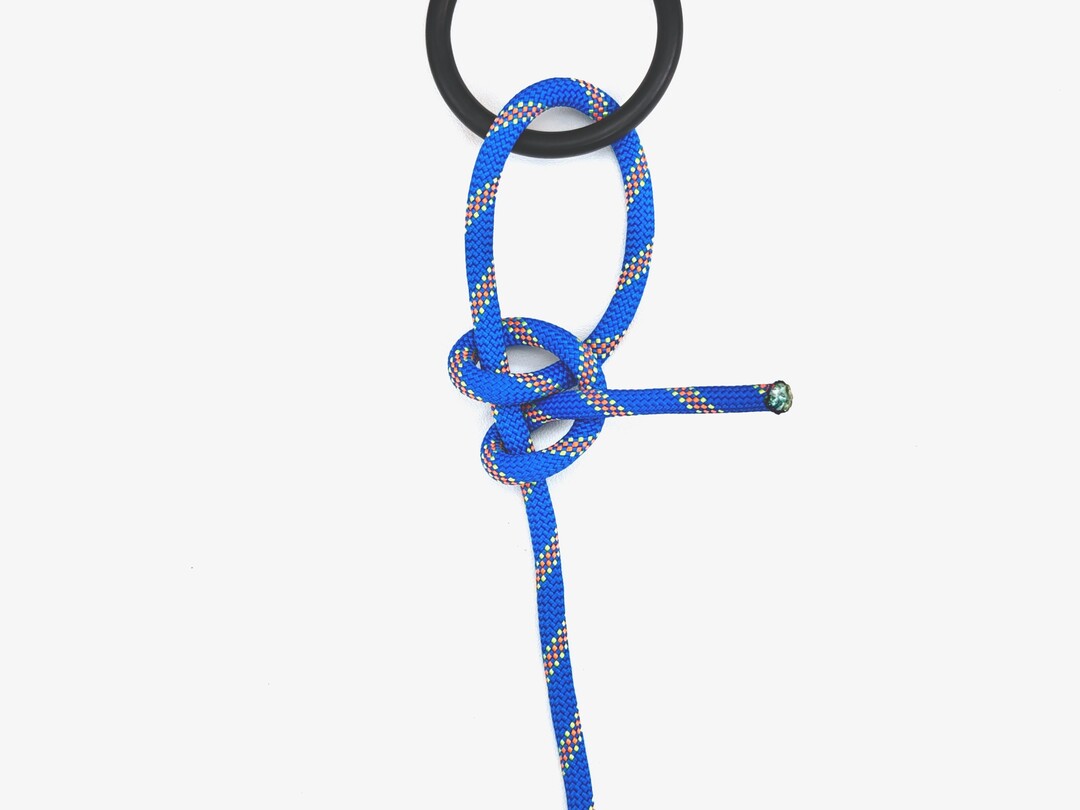
Two Half Hitches
Secures ropes to fixed objects under tension.
2. Lashing Techniques
Lashings are used to join poles or spars together for pioneering projects like bridges, towers, and camp structures. Mastering these techniques opens up a world of construction possibilities.
Recommended Knots
3. Advanced Scout Knots
These knots serve specialized purposes for more advanced scouting activities, from setting up camp to creating secure attachment points and handling equipment.
Recommended Knots
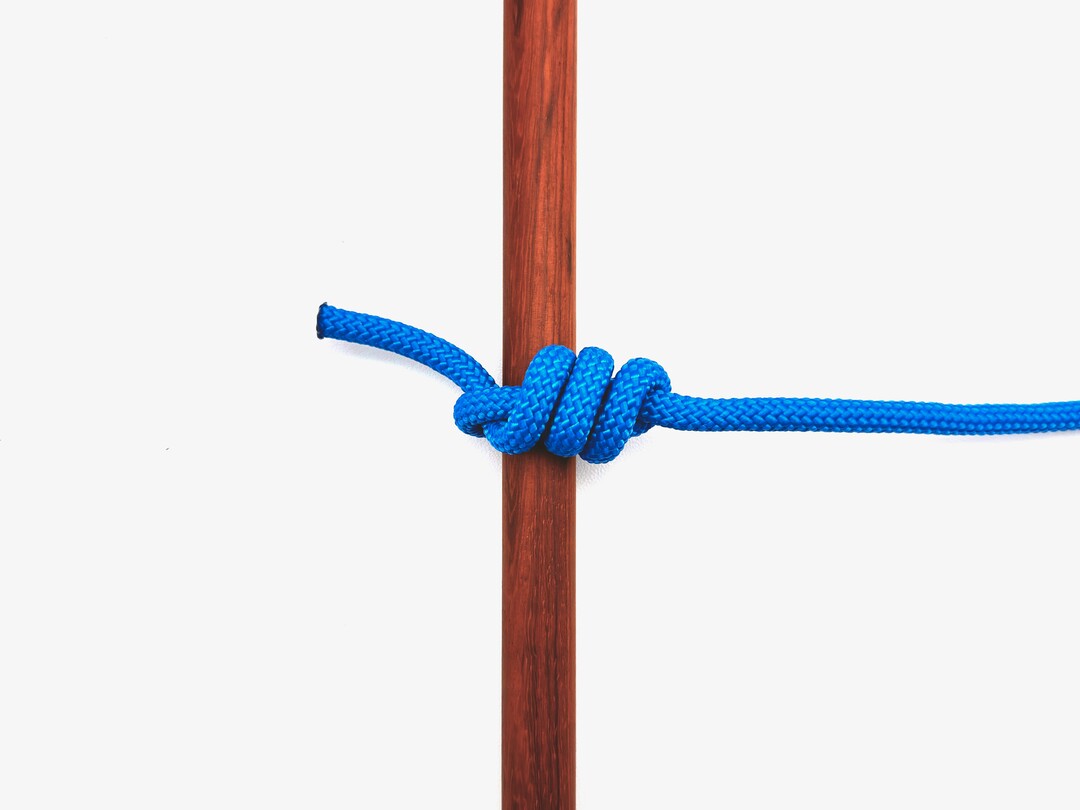
Timber Hitch
Secures ropes to logs for hauling or lifting.
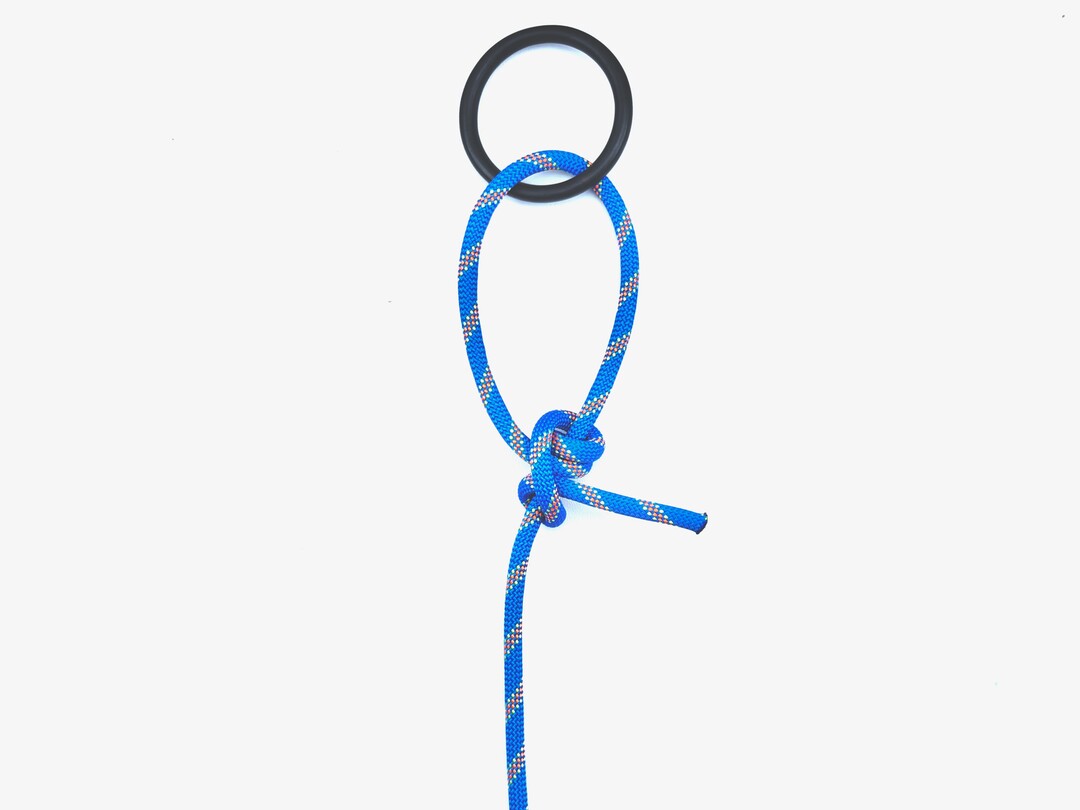
Taut-line Hitch
Adjustable hitch for maintaining tension in ropes.
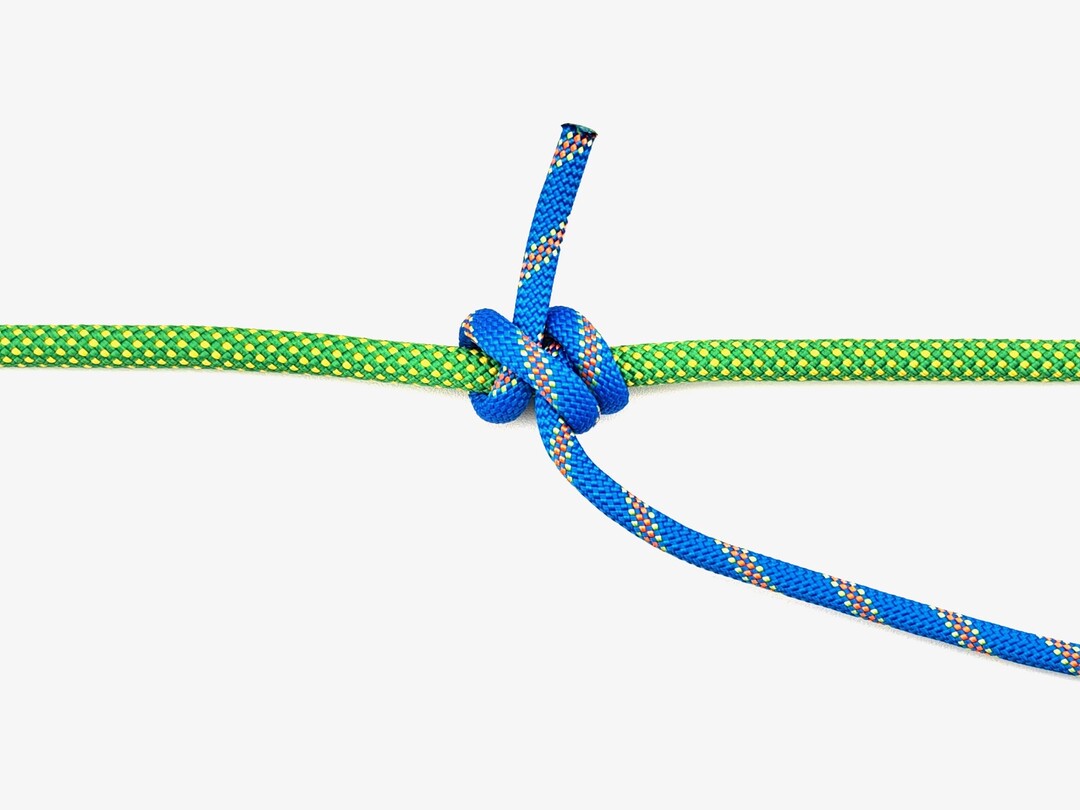
Rolling Hitch
Attaches a rope to a pole or another rope for lengthwise pulls.
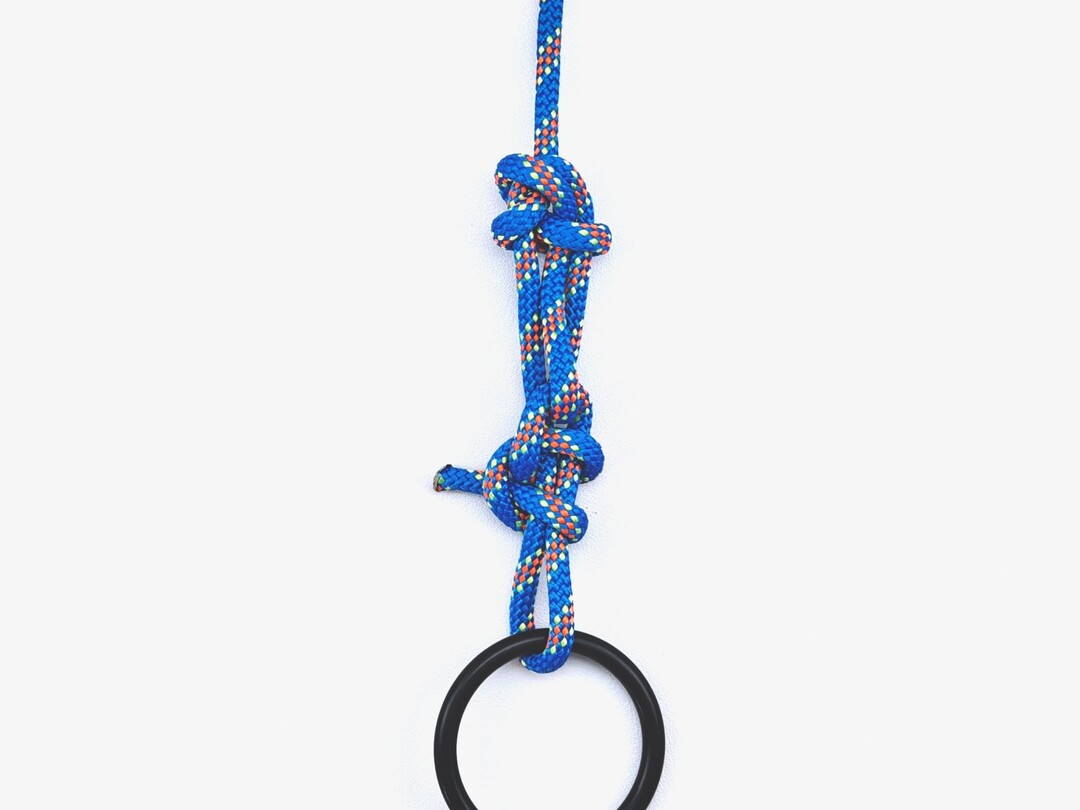
Trucker's Hitch
Secures heavy loads with mechanical advantage.
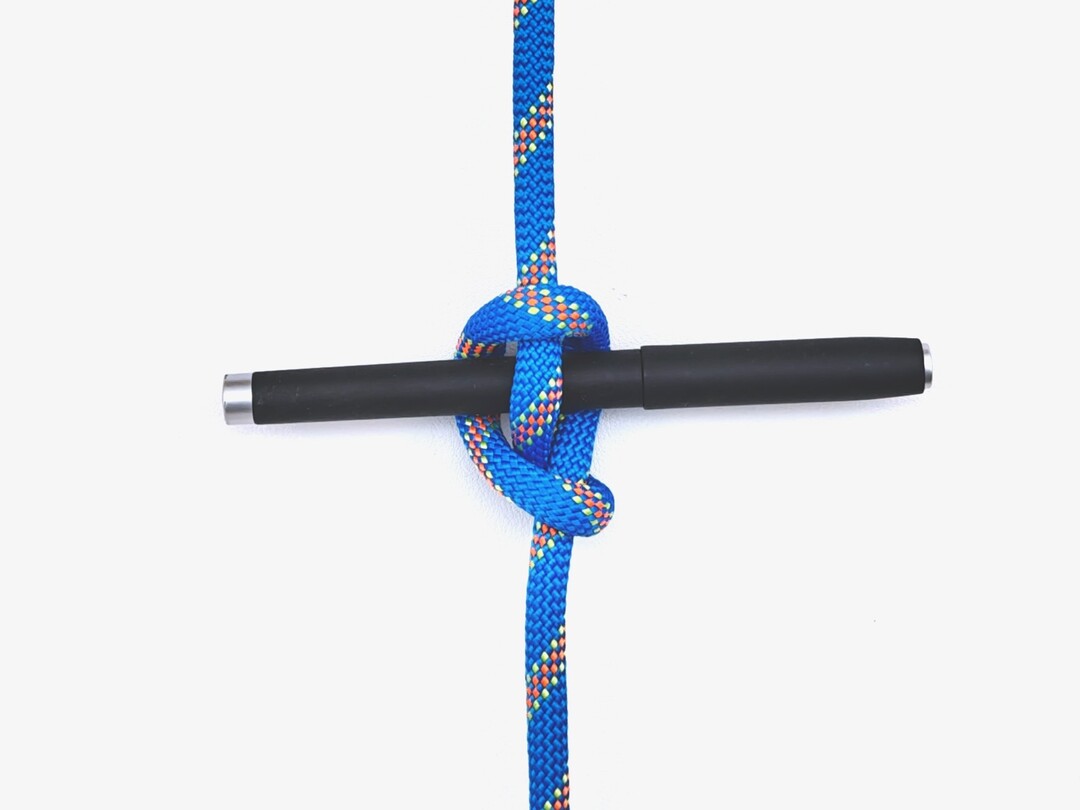
Marlinspike Hitch
Creates a temporary handle or secures spars in rope ladders.
4. Decorative & Specialized Knots
Beyond their practical applications, these knots demonstrate advanced skills and craftsmanship. They can be used for decoration, instruction, or specific camping and pioneering situations.
Recommended Knots
All Scouting Knots
A complete collection of knots commonly used in scouting activities.
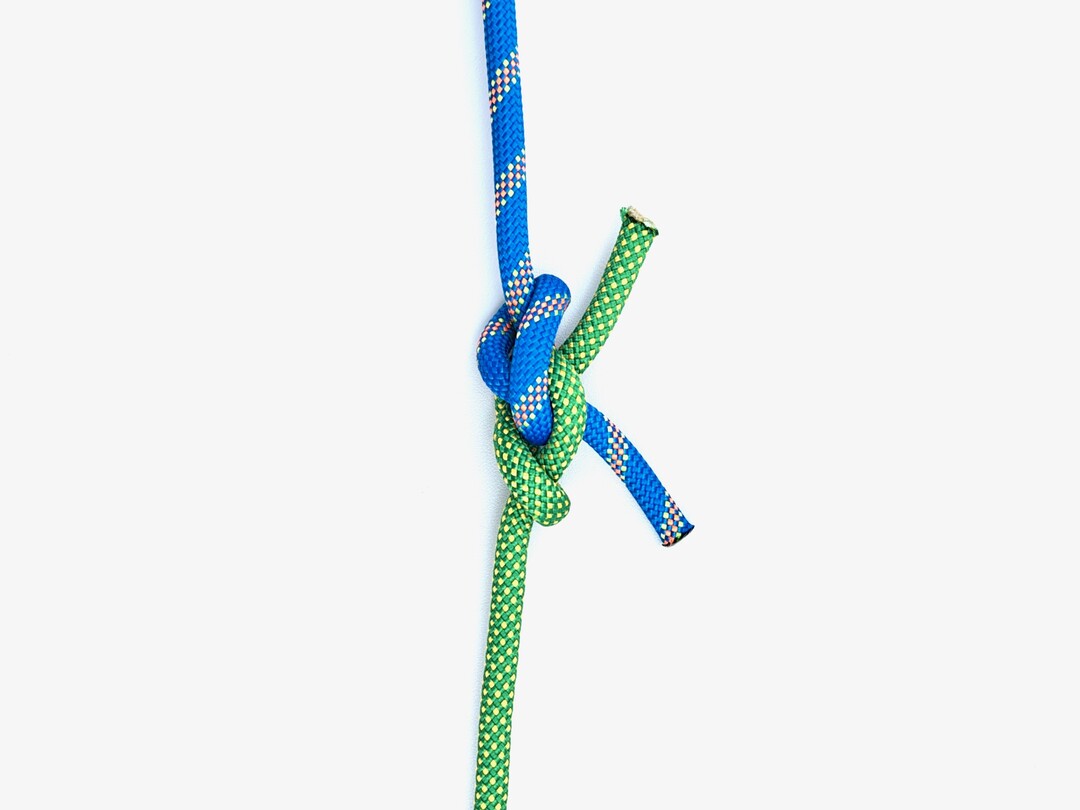
Ashley's Bend
Joins two ropes securely, especially stiff or slippery ones.
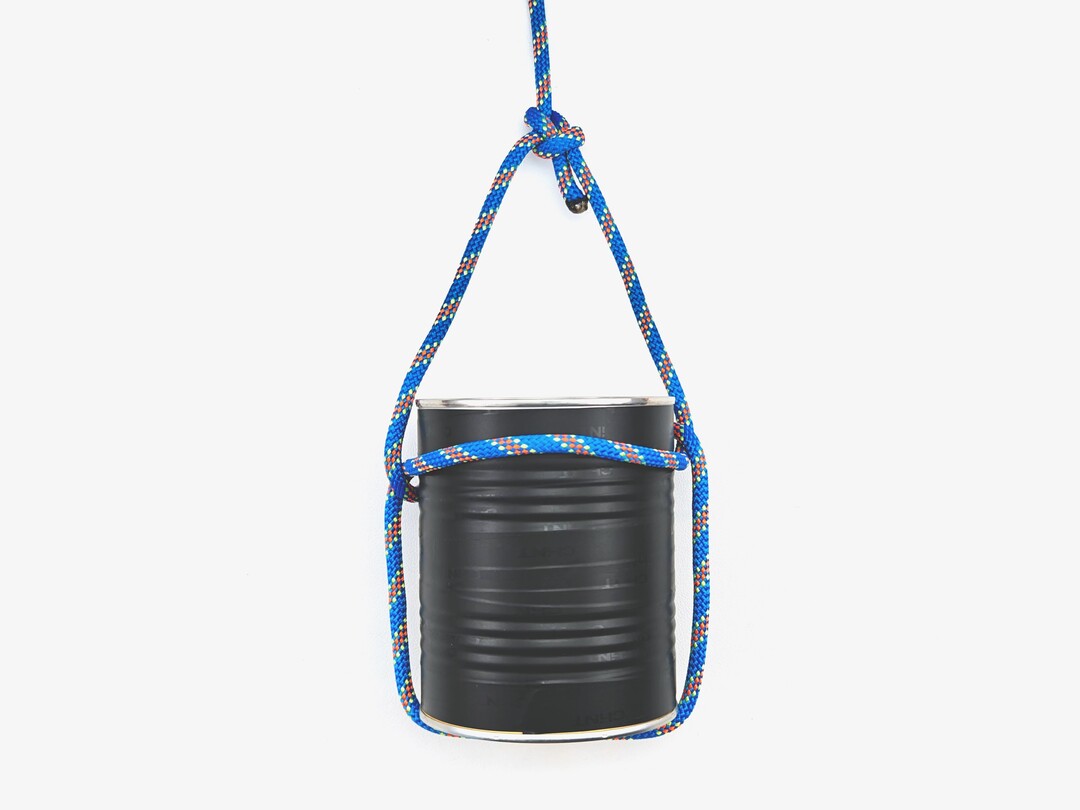
Barrel Hitch
Lifts cylindrical objects like barrels and buckets.

Bowline with Stopper
Secure loop knot with an overhand stopper.
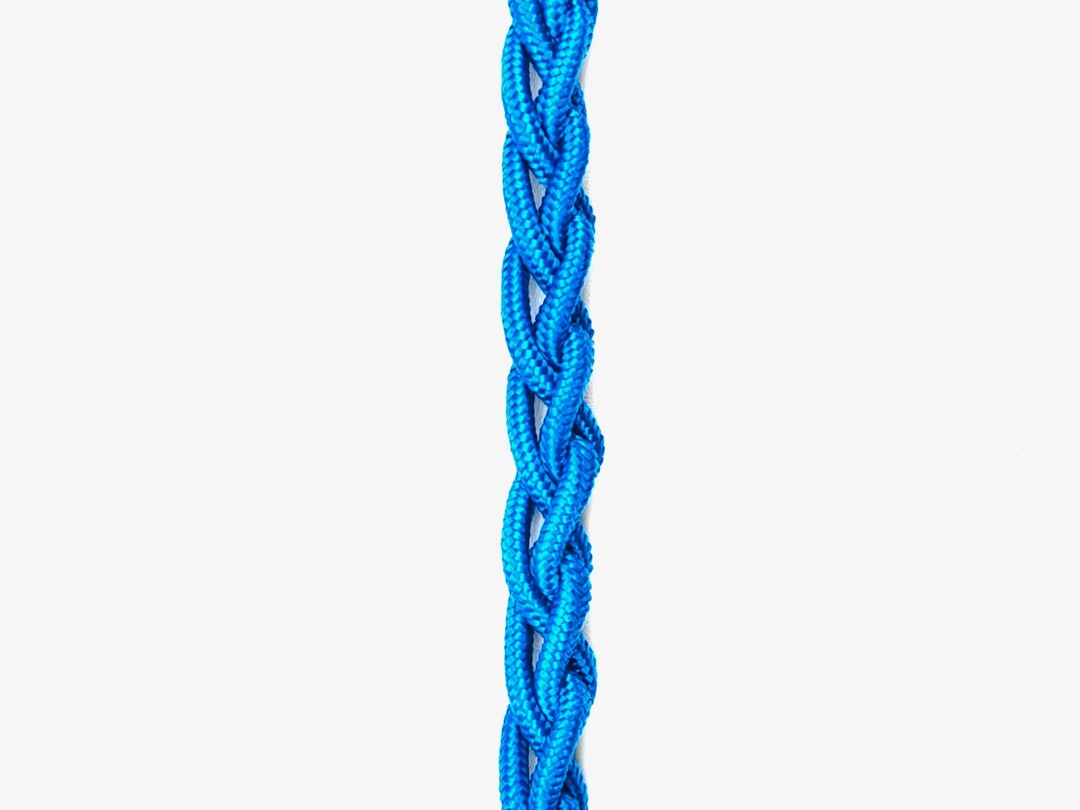
Chain Sinnet
Shortens rope and prevents tangling during storage.

Clove Hitch (Middle of Rope)
Secures rope mid-length to posts or stakes.

Clove Hitch (Rope End)
Secures ropes to posts or spars in outdoor activities.
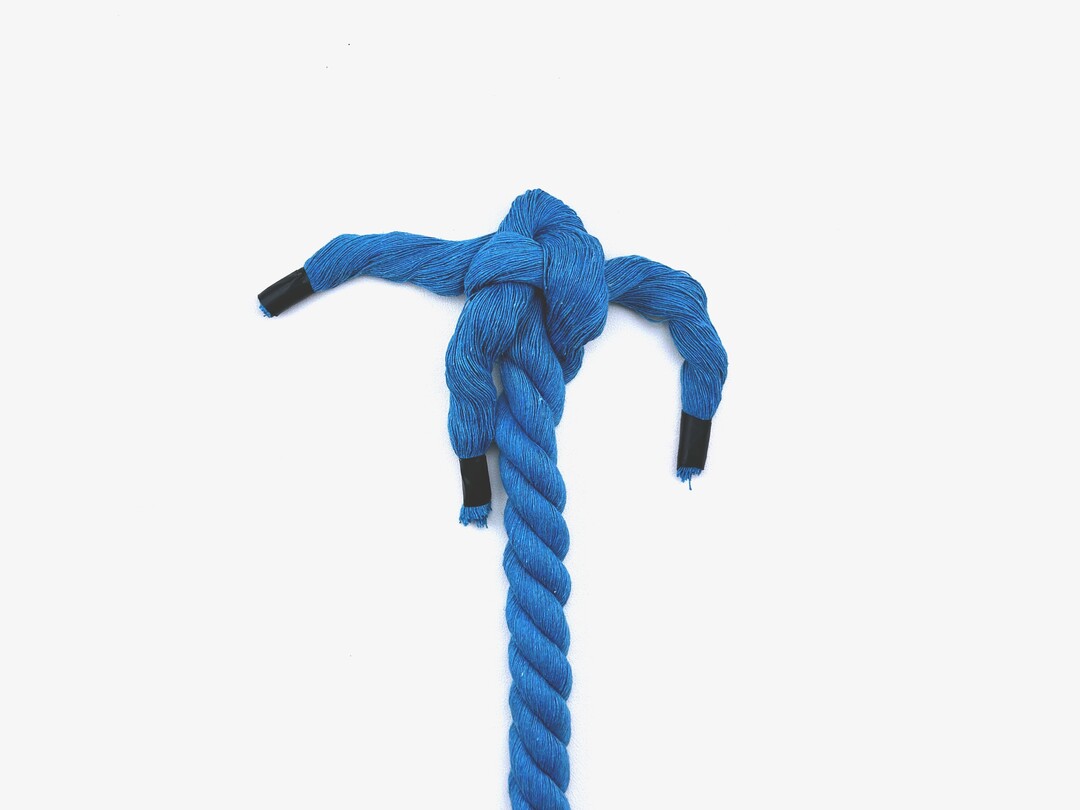
Crown Knot
Prevents rope fraying, starts Back Splice.
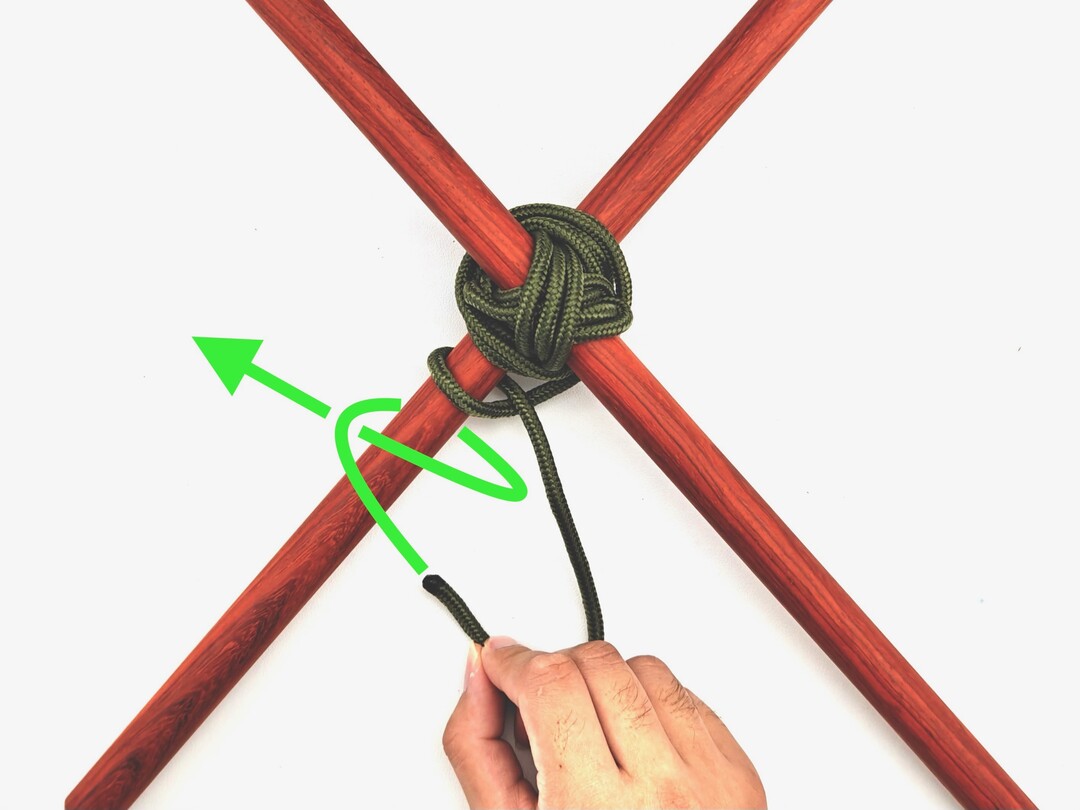
Diagonal Lashing
Binds diagonal poles for structural bracing
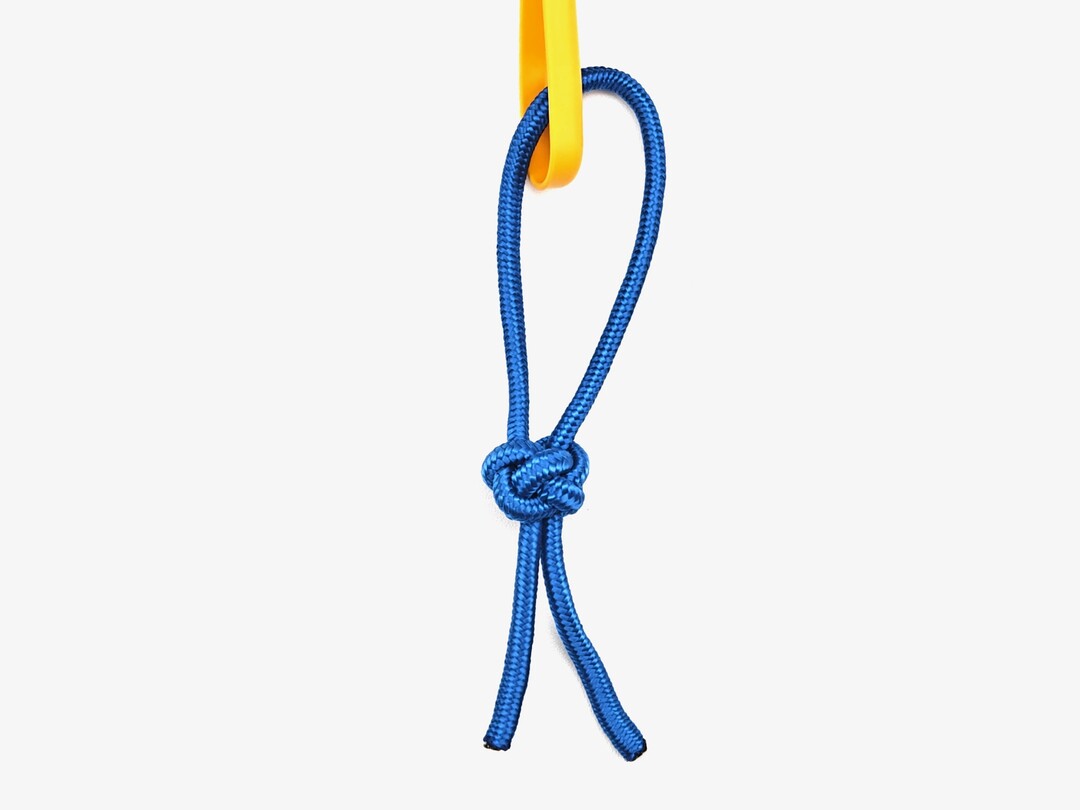
Diamond Knot
Decorative loop for lanyards and stoppers.
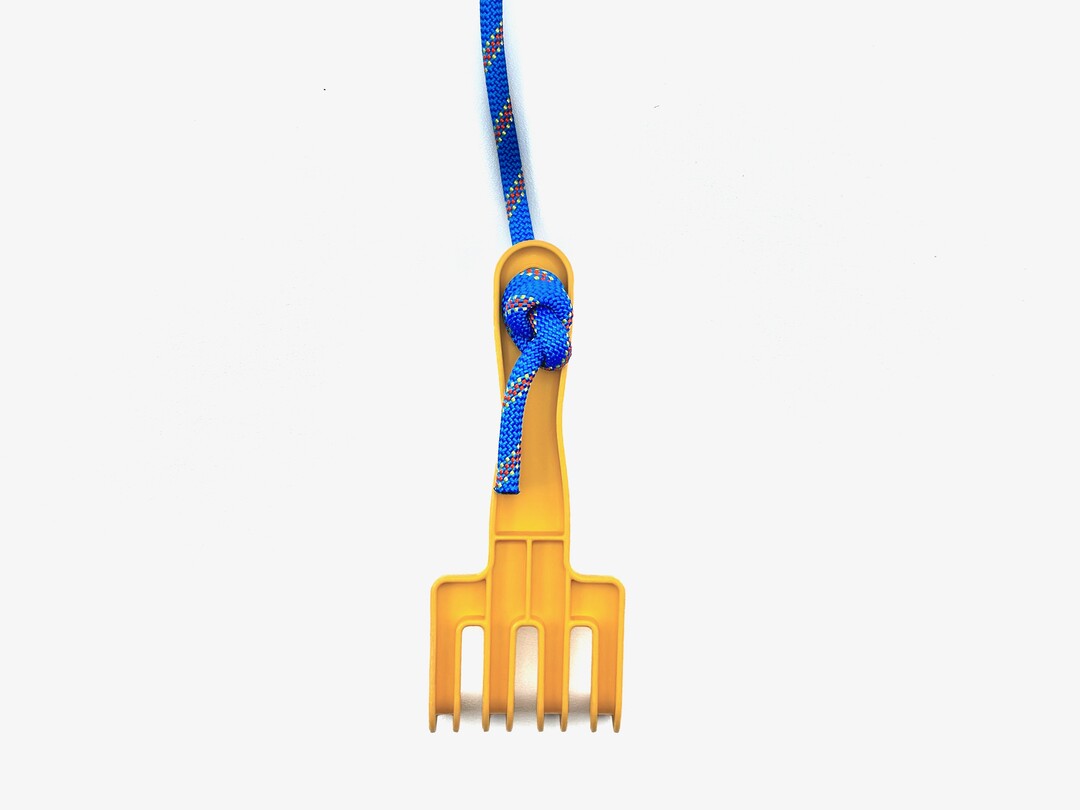
Double Overhand Knot
Secure stopper knot, difficult to untie.
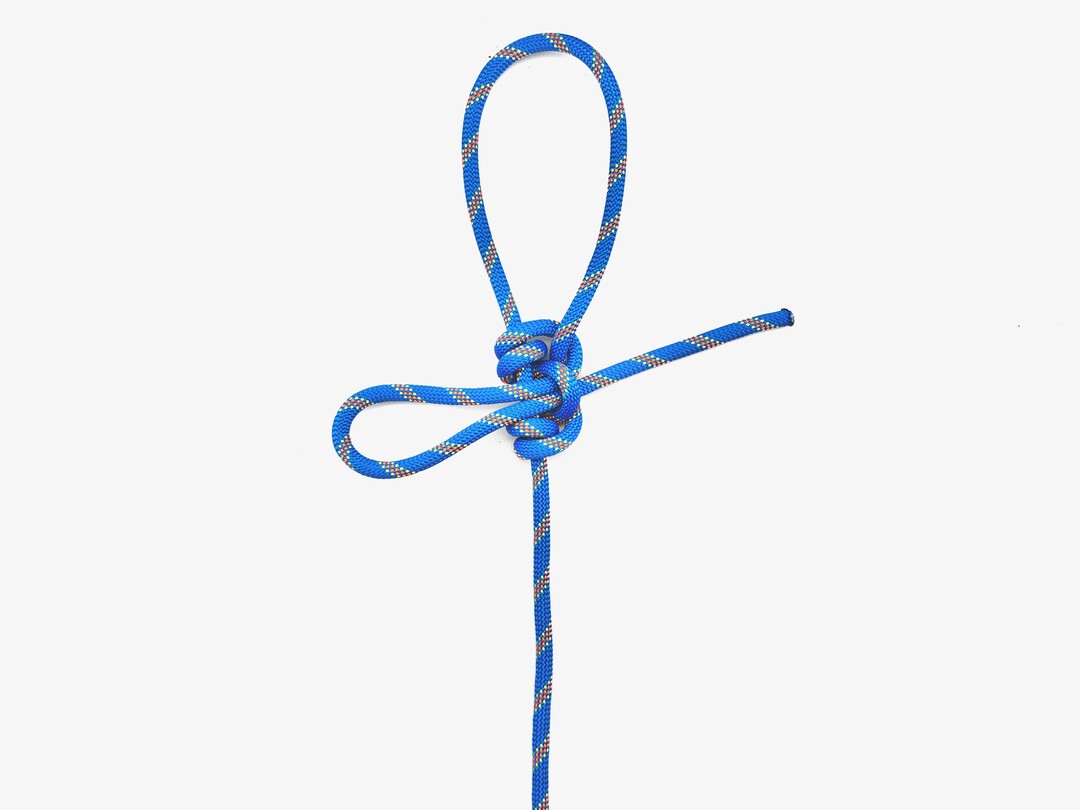
Farrimond Friction Hitch
Adjustable hitch for quick tension changes.
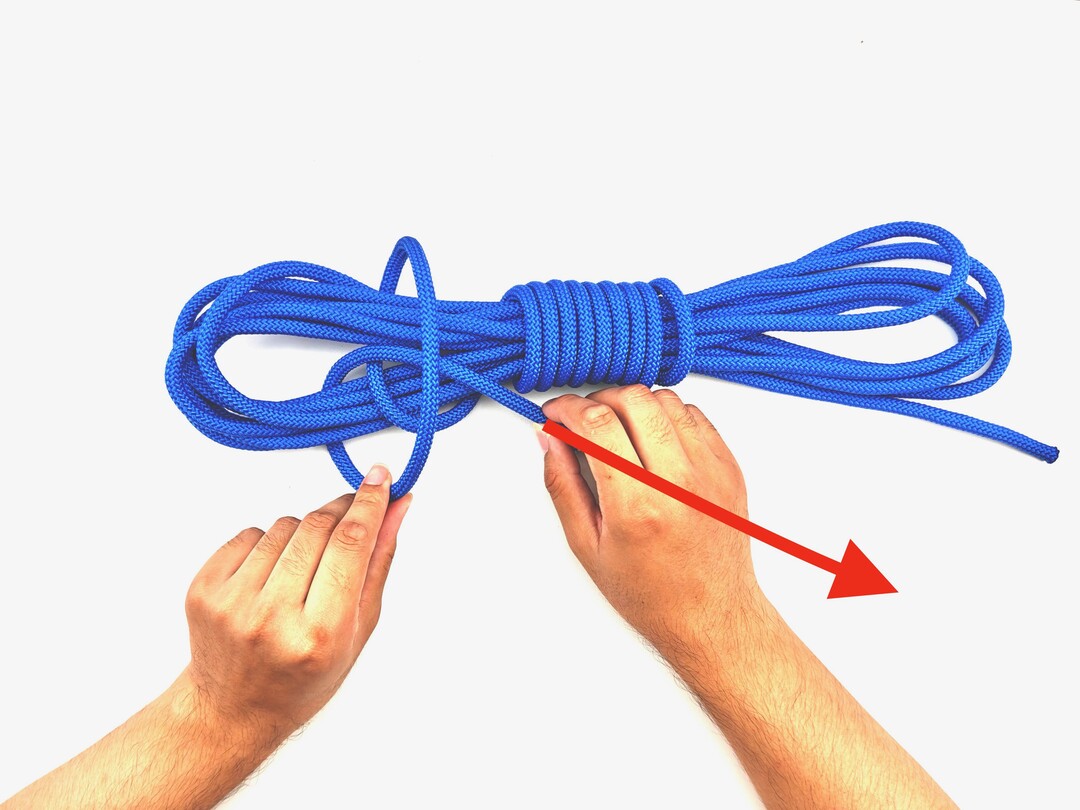
Gasket Coil
Neat rope storage preventing tangles.
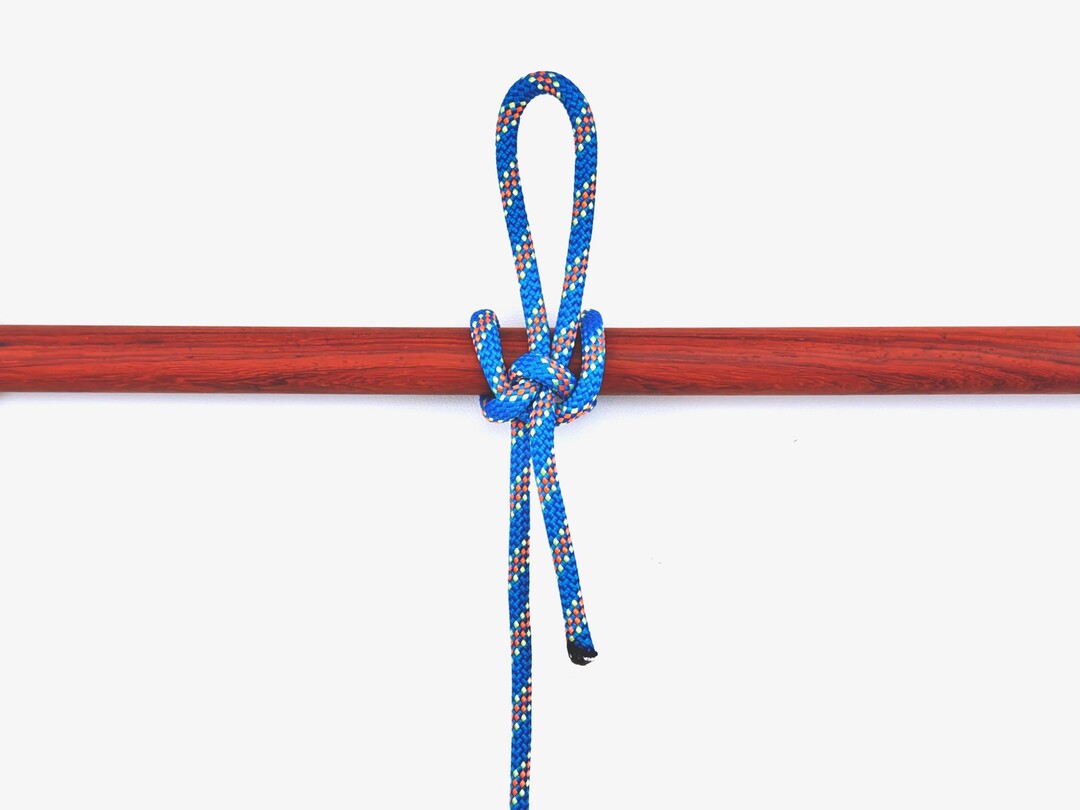
Highwayman's Hitch
Quick-release hitch for temporary mooring.

Marlinspike Hitch
Creates a temporary handle or secures spars in rope ladders.
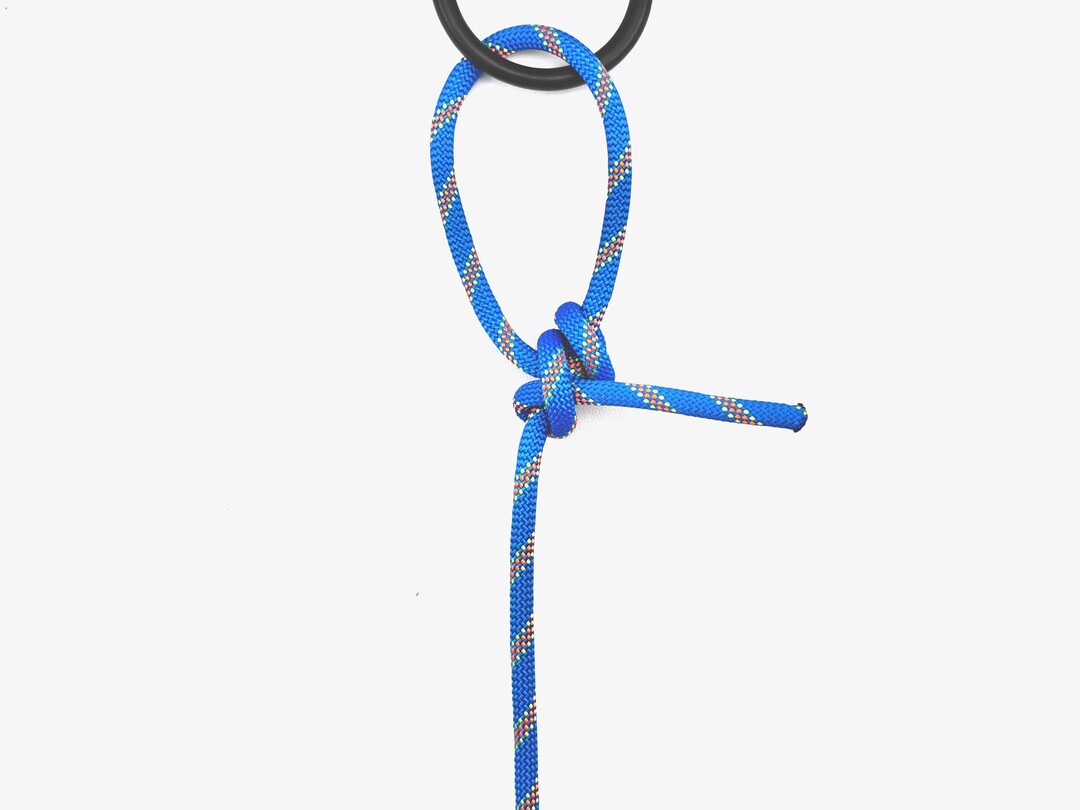
Midshipman's Hitch
Adjustable loop for securing lines under tension
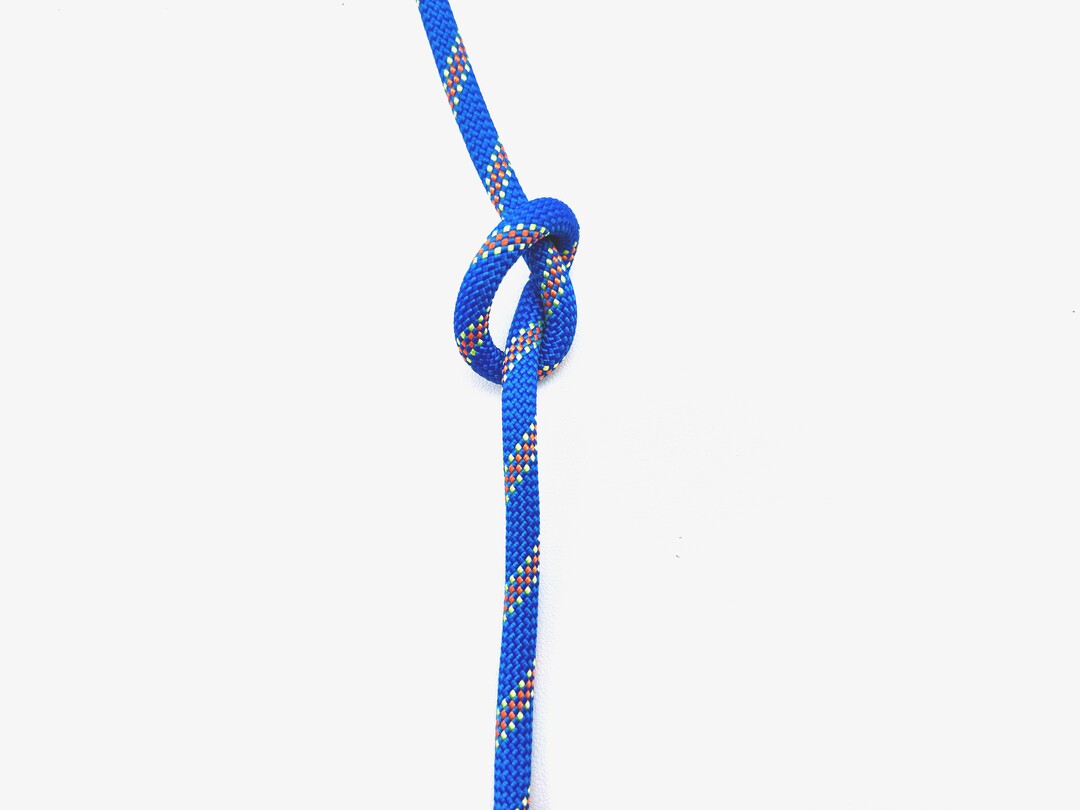
Overhand Knot
Simple stopper knot to prevent rope slippage.

Rolling Hitch
Attaches a rope to a pole or another rope for lengthwise pulls.
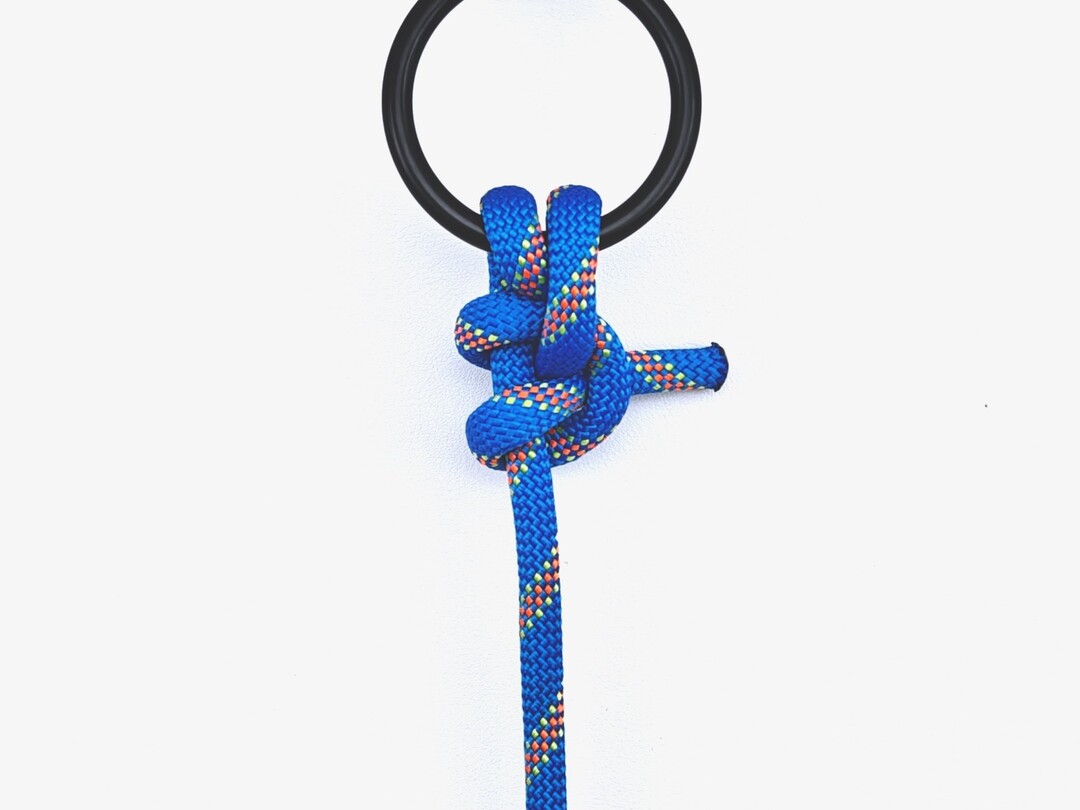
Round Turn & Two Half Hitches
Secures ropes to fixed objects like posts or rings.
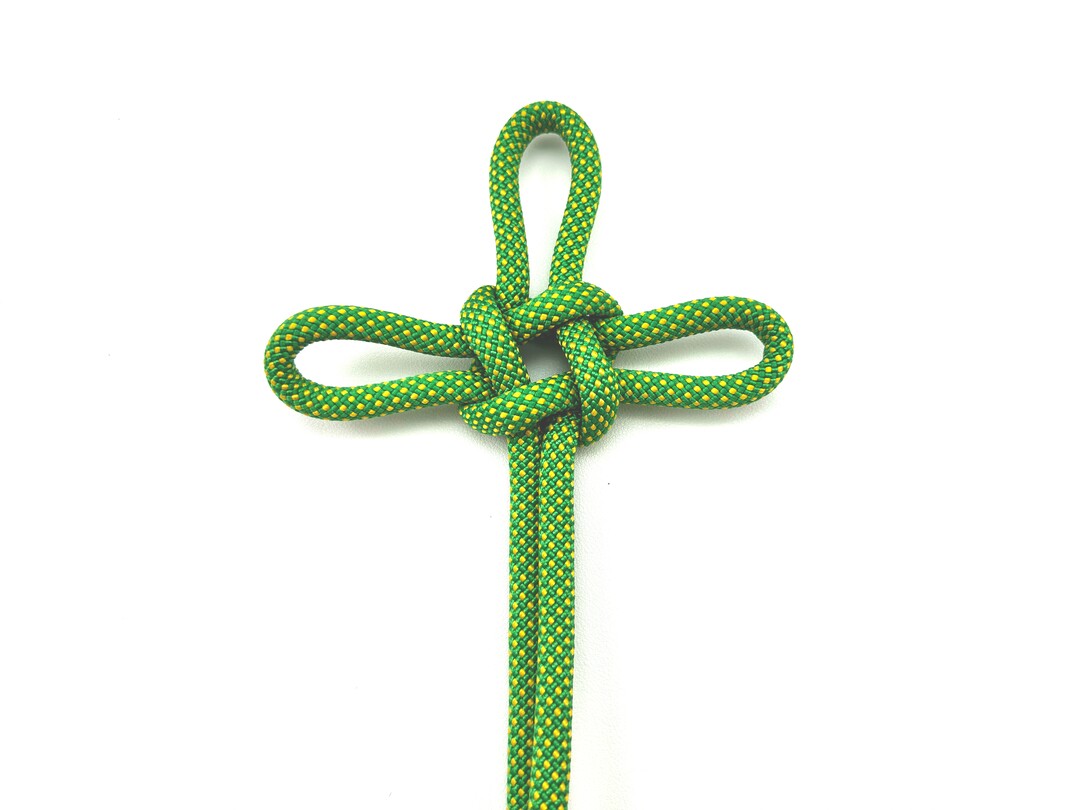
Sailor's Cross
Decorative knot for crafts and symbolism.
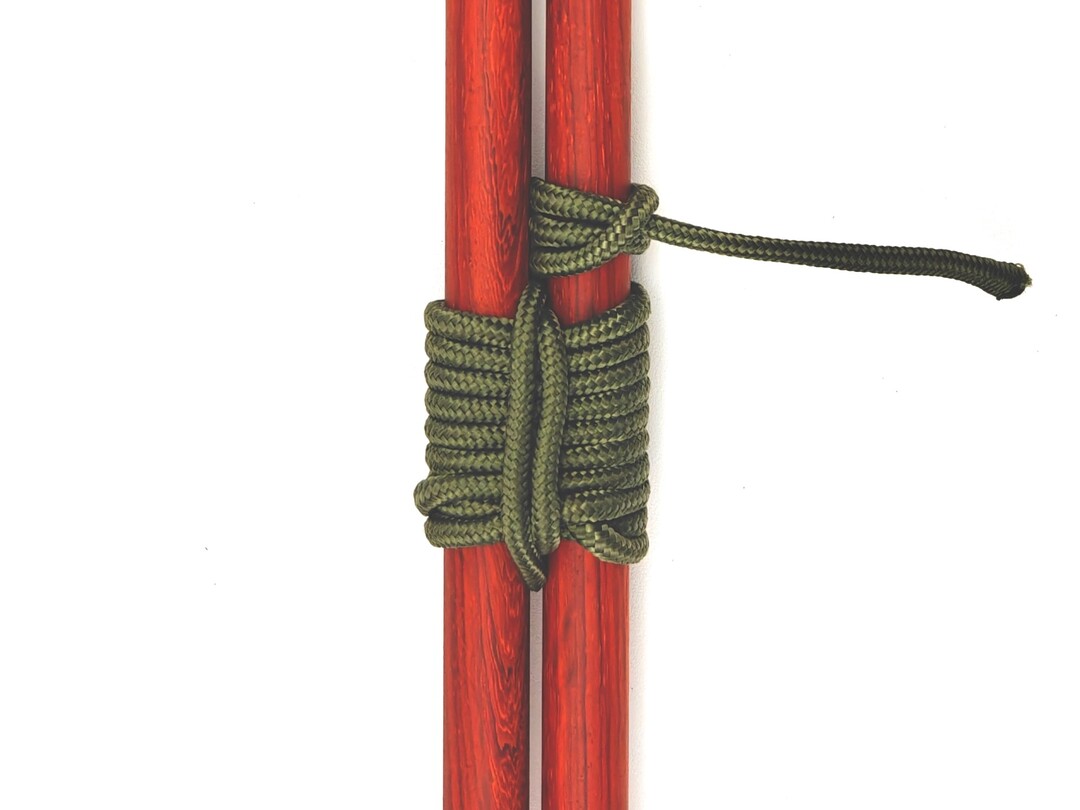
Shear Lashing
Binds two spars to create a pivot point.
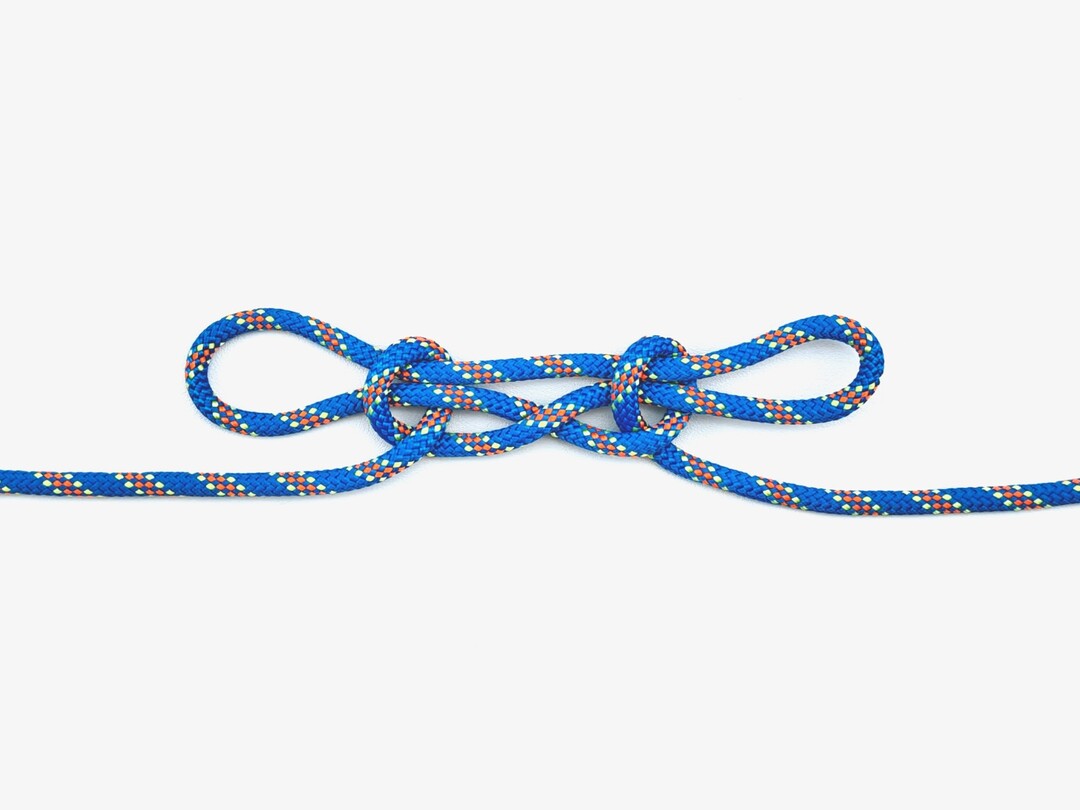
Sheepshank
Temporarily shortens a rope or bypasses damage.

Sheet Bend
Joins two ropes of different or similar sizes
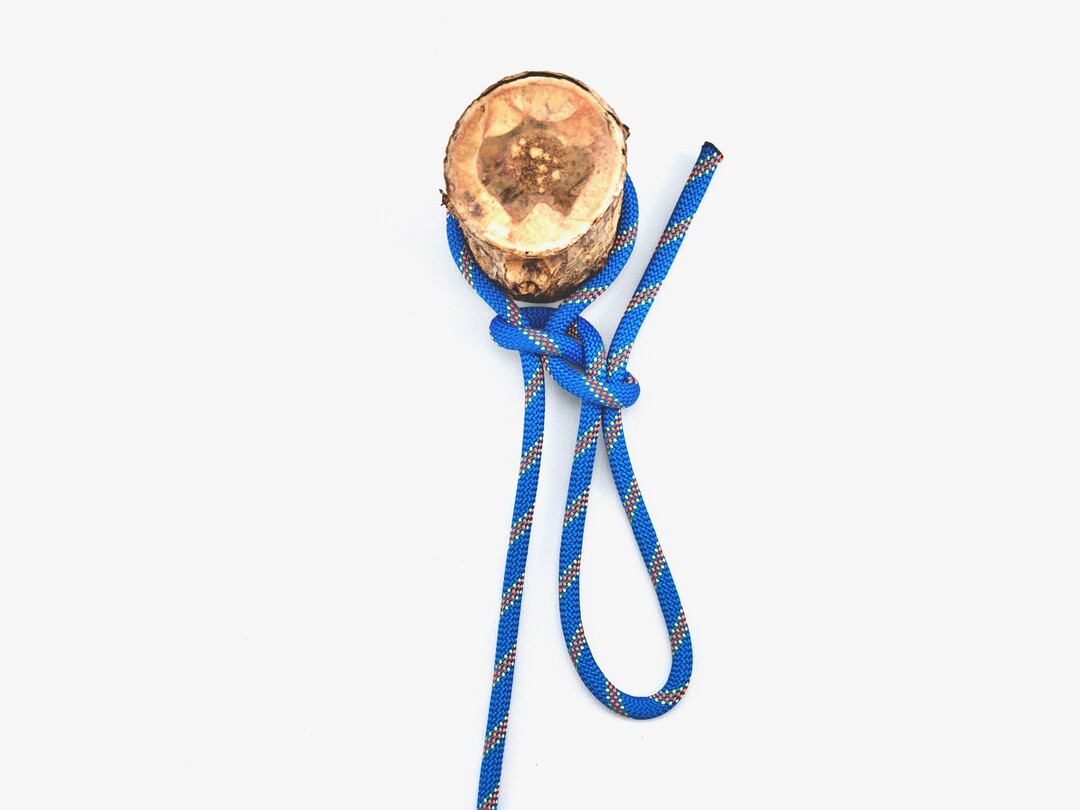
Siberian Hitch
Quick-release hitch for cold-weather use with gloves.
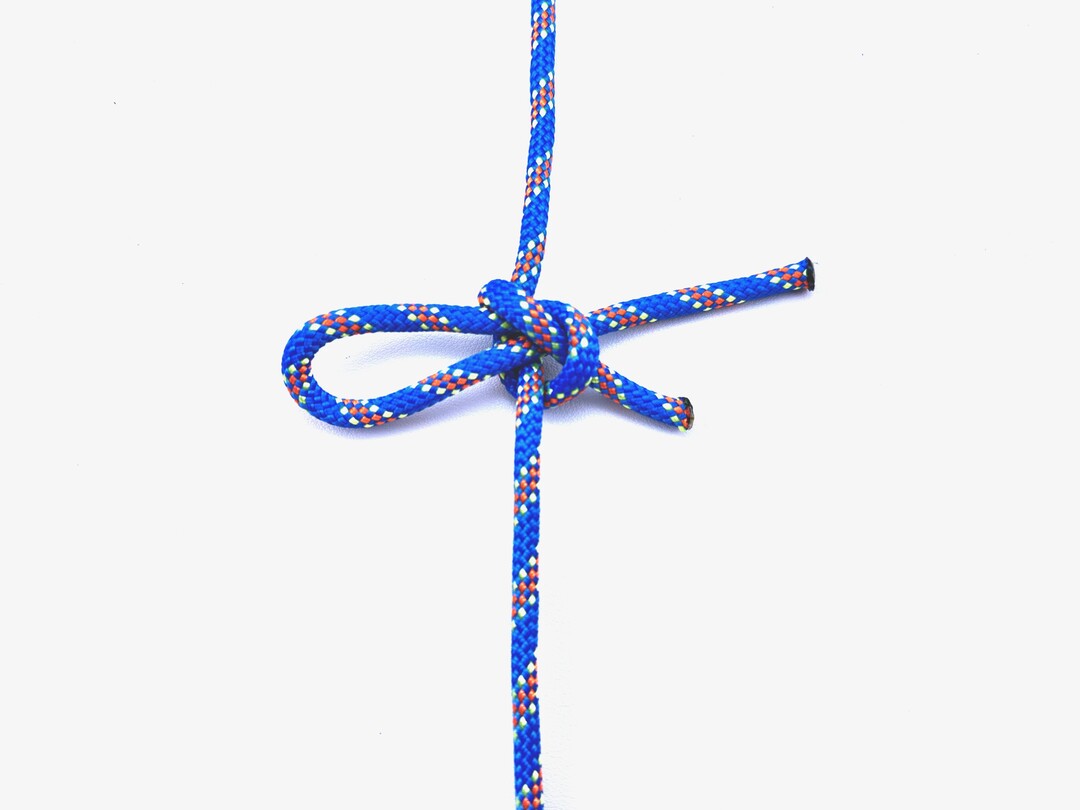
Slipped Square Knot
Quick-release binding knot for easy untying.
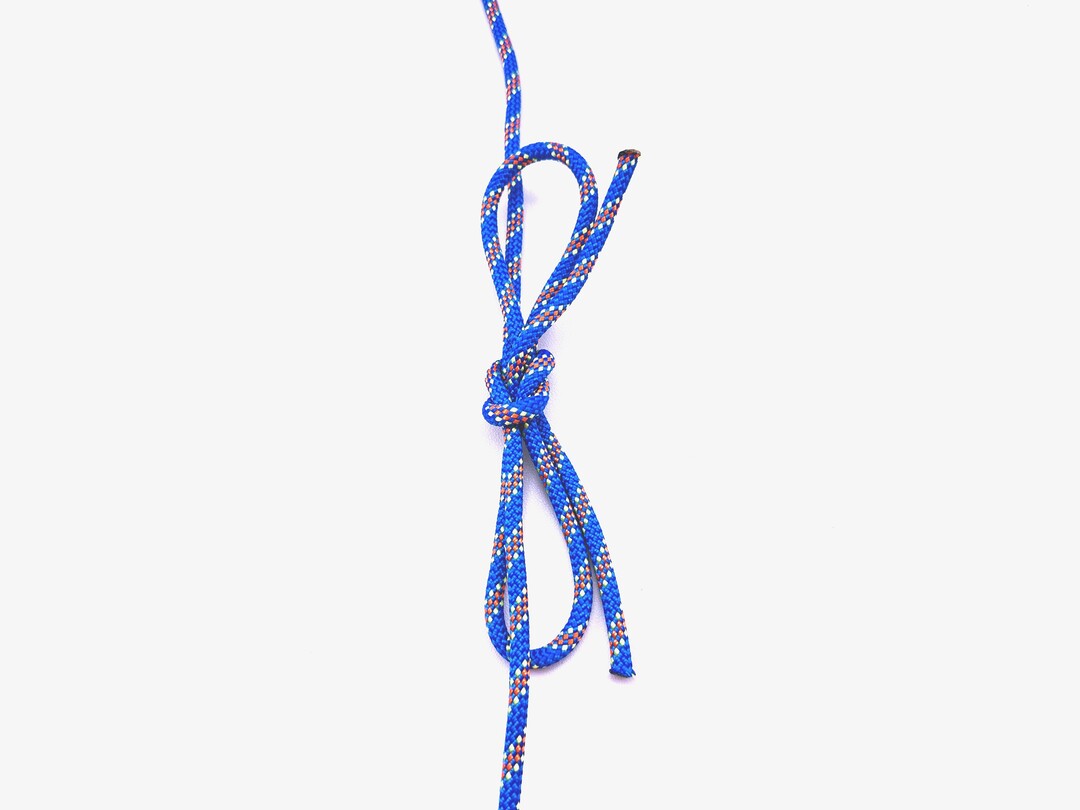
Slipped Square Knot Doubled
Used for shoelaces and decorative bows

Square Knot
Binds ropes around objects or bundles.
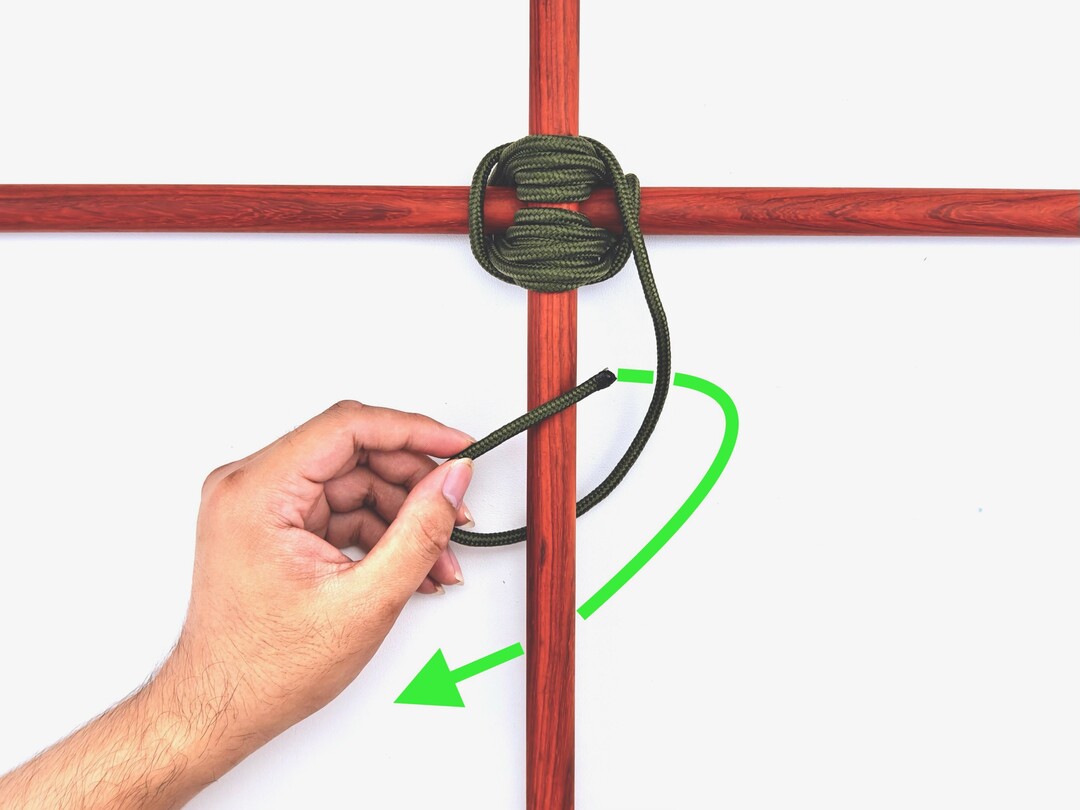
Square Lashing
Binds poles at right angles for load-bearing structures.

Taut-line Hitch
Adjustable hitch for maintaining tension in ropes.

Timber Hitch
Secures ropes to logs for hauling or lifting.

Trucker's Hitch
Secures heavy loads with mechanical advantage.
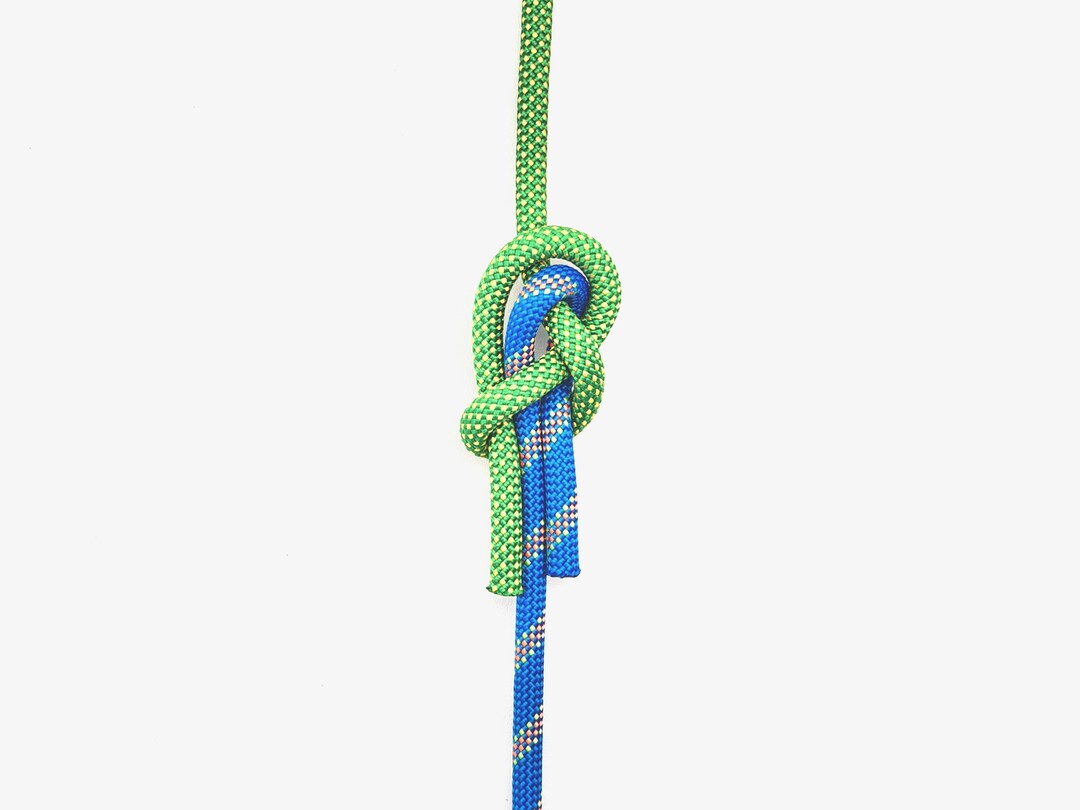
Tucked Sheet Bend
Joins two thin lines securely
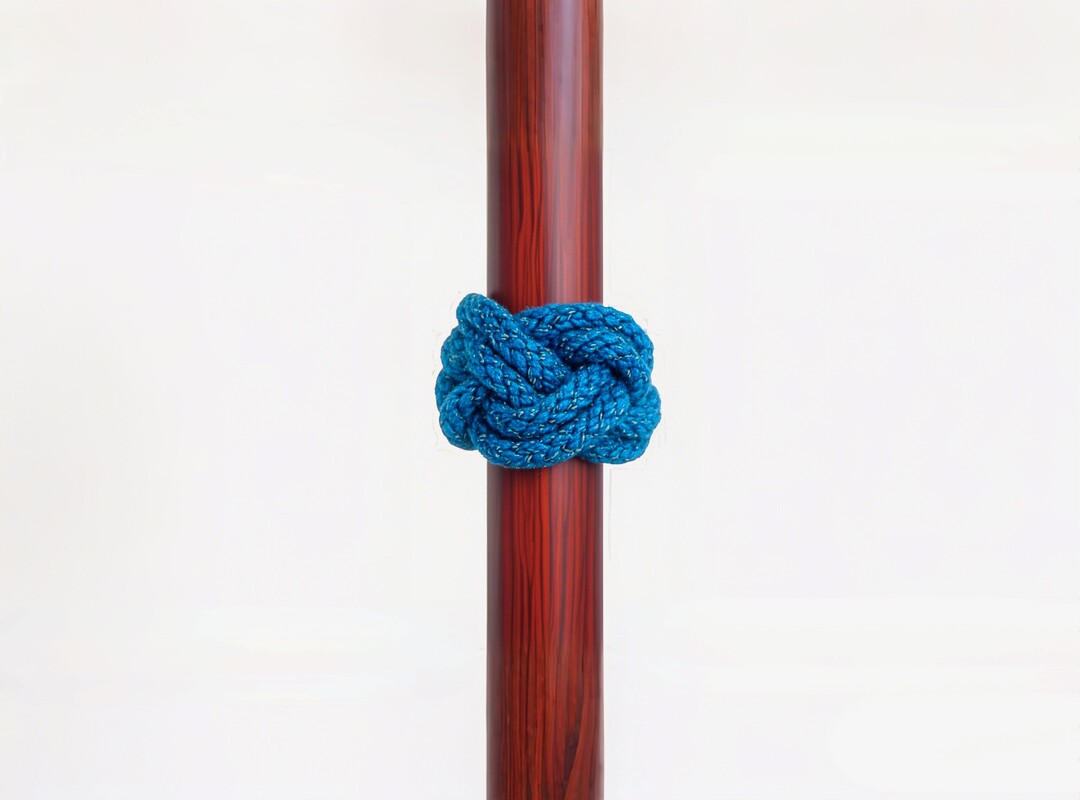
Turk's Head (3-Lead 4-Bight)
Decorative knot for mats, rings, or pole wraps.
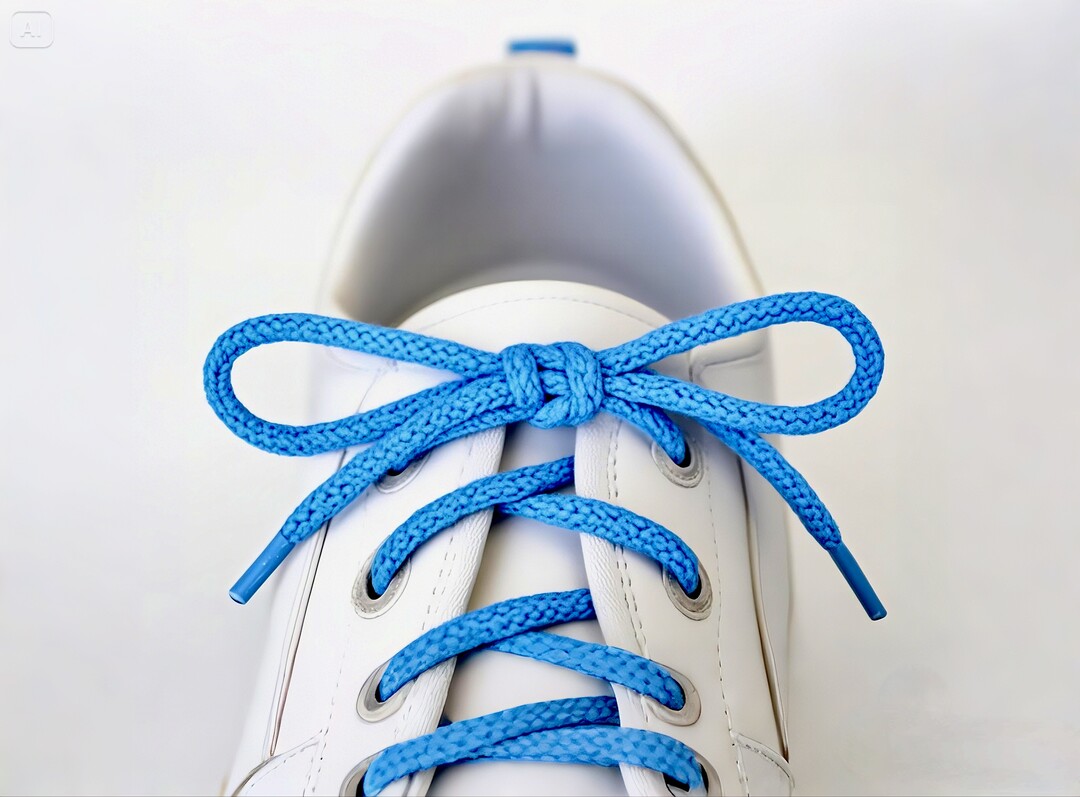
Turquoise Turtle Knot
Secure shoelace knot that rarely comes undone.

Two Half Hitches
Secures ropes to fixed objects under tension.
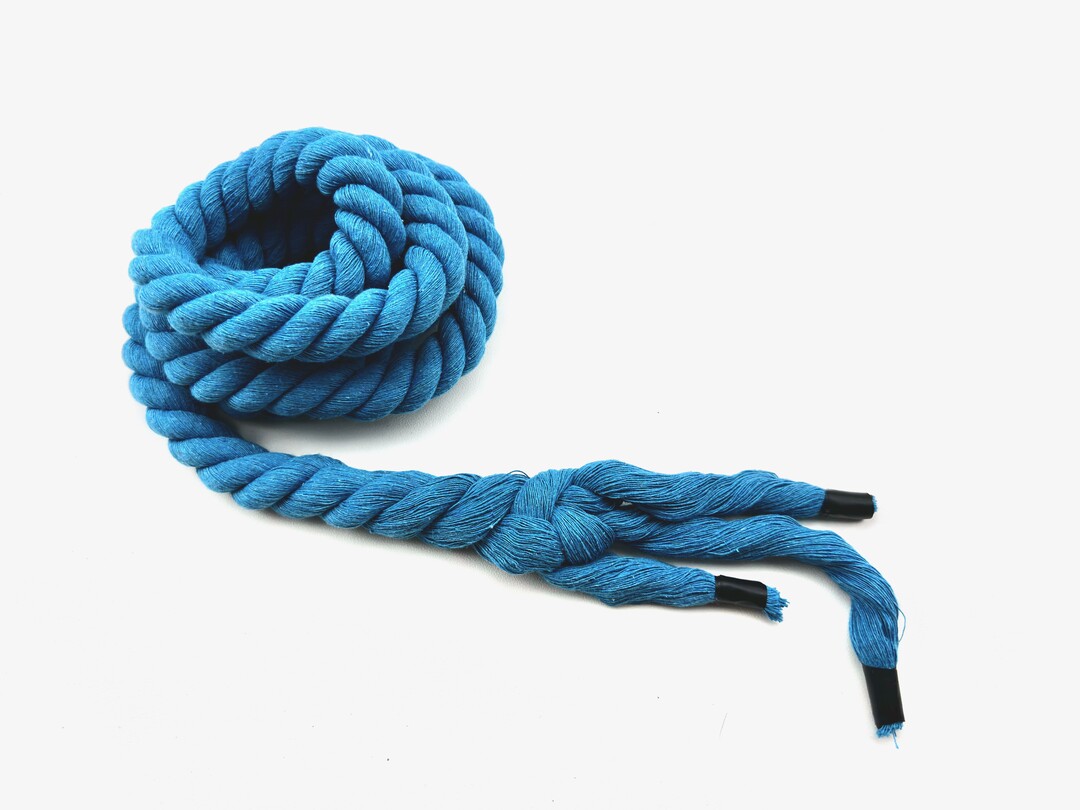
Wall Knot
Decorative stopper knot for rope ends
Scouting Knot Guidelines
Learning Progression
- Start with the Square Knot, then progress to the Clove Hitch and Sheet Bend
- Practice regularly until tying becomes automatic, even in poor conditions
- Learn proper terminology: standing end, working end, bight, loop, and turn
- Practice in different conditions: darkness, with gloves, with wet rope
- When mastering lashings, start with square lashing before moving to diagonal and shear
Pioneering Project Safety
- Always inspect spars and ropes for damage before building structures
- Have proper supervision when building and testing weight-bearing structures
- Test structures with gradually increasing loads before allowing full use
- Ensure lashings are properly dressed (neat) and tight before stressing them
- Remember that knots and lashings typically reduce rope strength by 40-60%
Practical Applications
- Tying packages: Square Knot
- Securing guy lines: Taut Line Hitch
- Creating tripods: Shear Lashing
- Joining ropes of different sizes: Sheet Bend
- Securing rope to a post: Clove Hitch or Round Turn with Two Half Hitches
- Hoisting or dragging logs: Timber Hitch
- Tightening tent lines or securing loads: Truckers Hitch
Scouting Safety Warning
- The information provided is for educational purposes only. Pioneering and construction projects should always be supervised by qualified adults. Never use improvised structures for critical safety applications without proper testing and supervision.